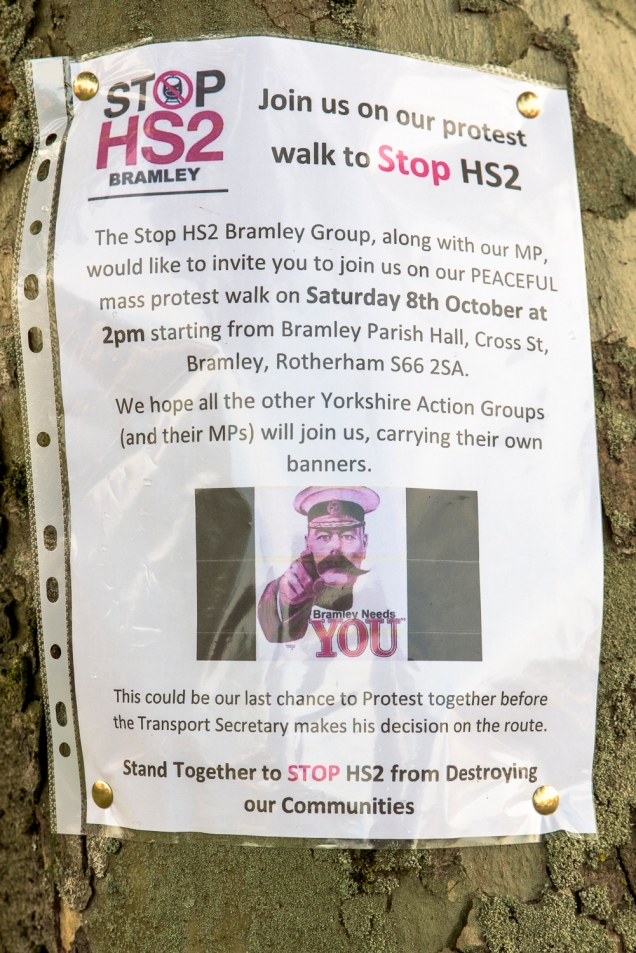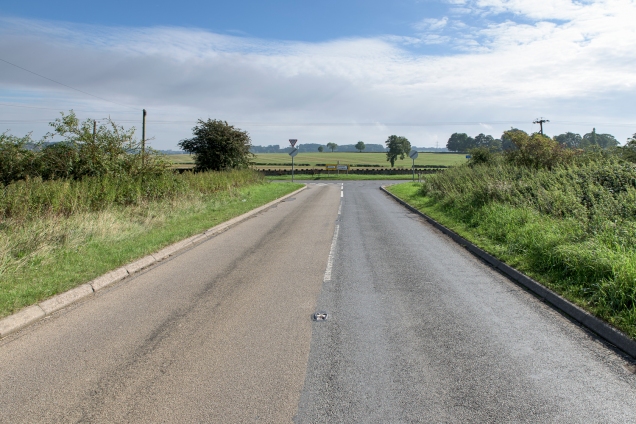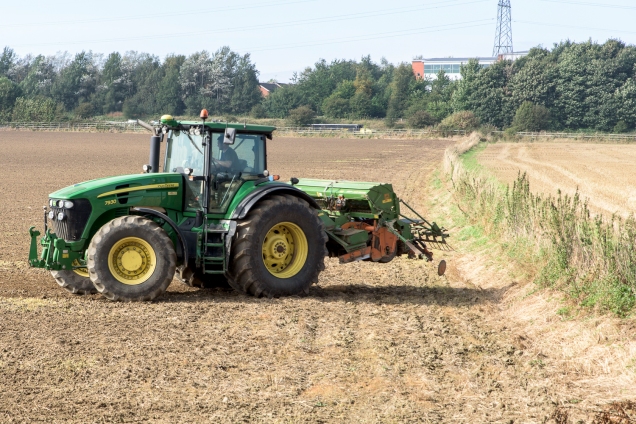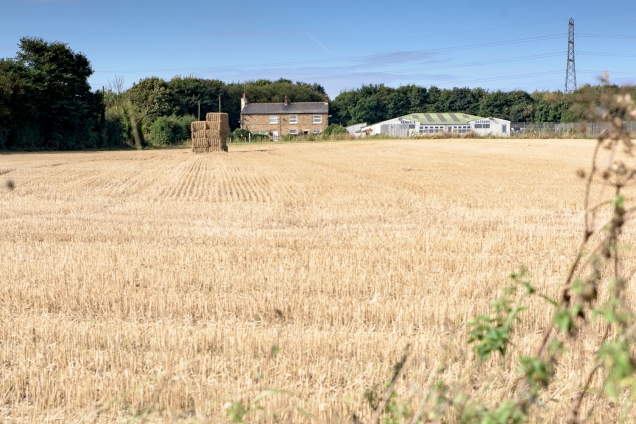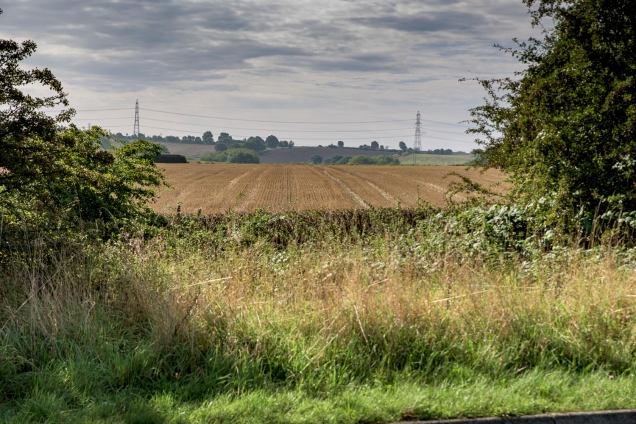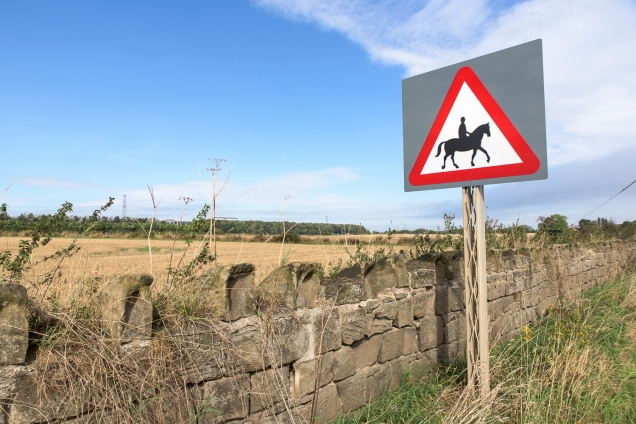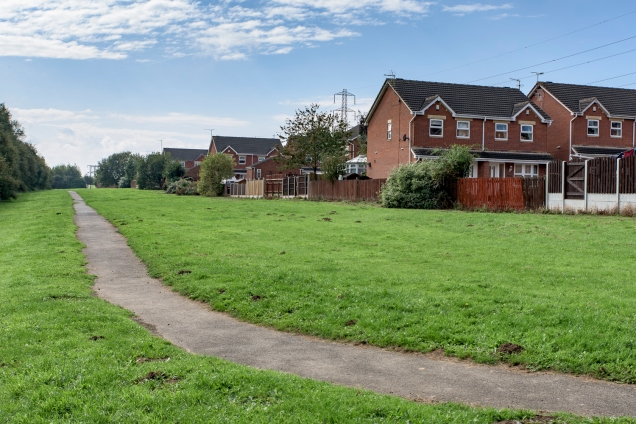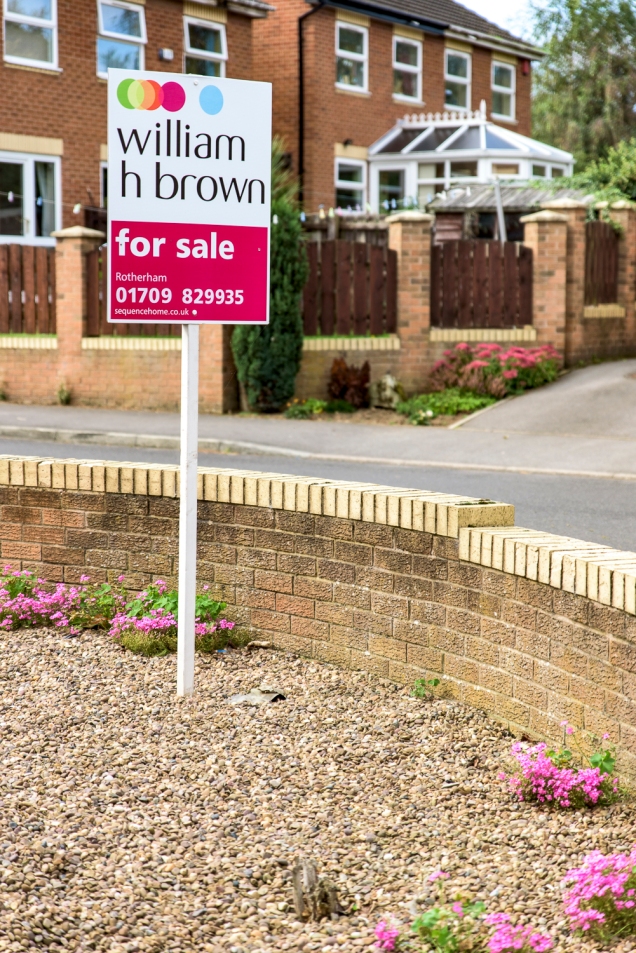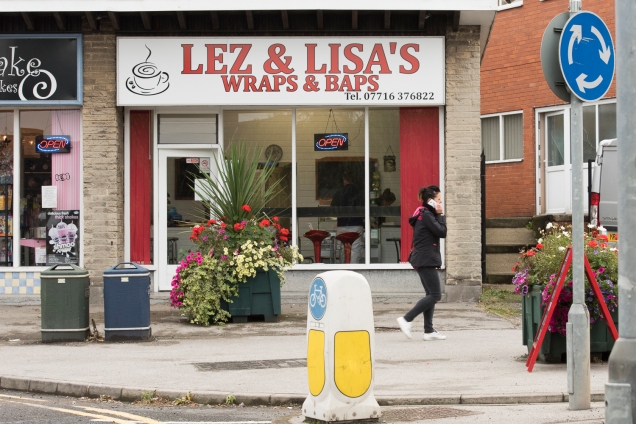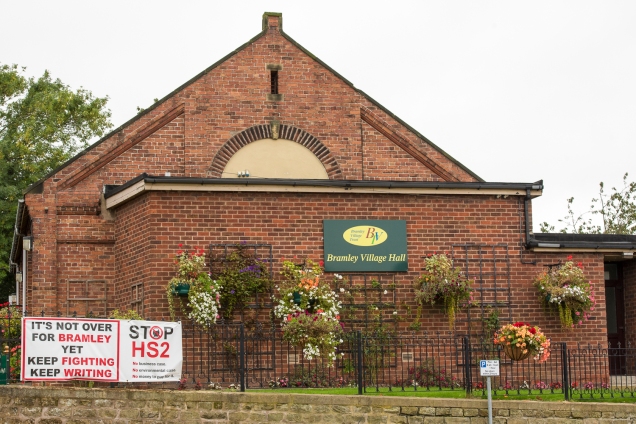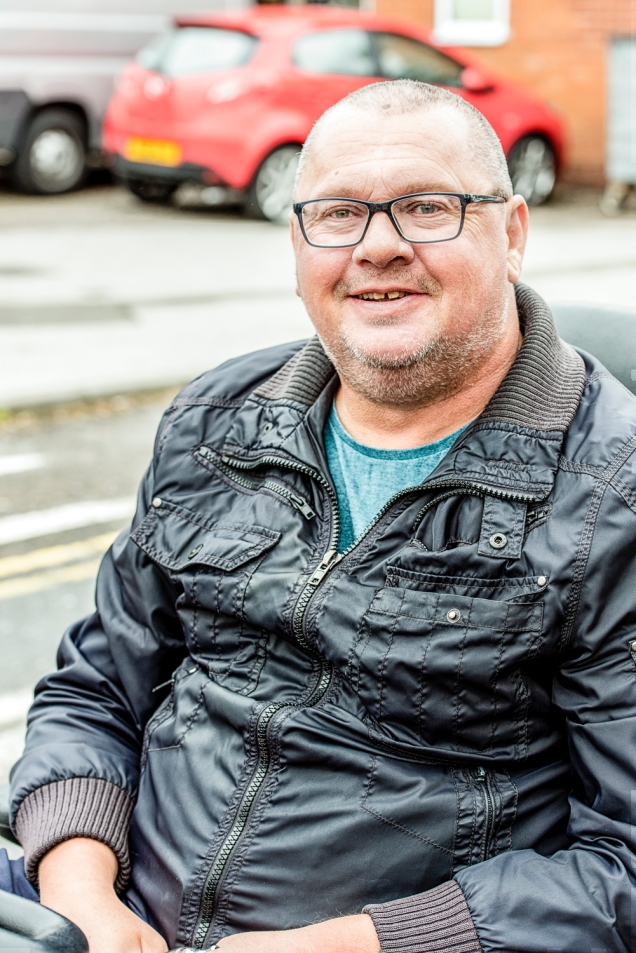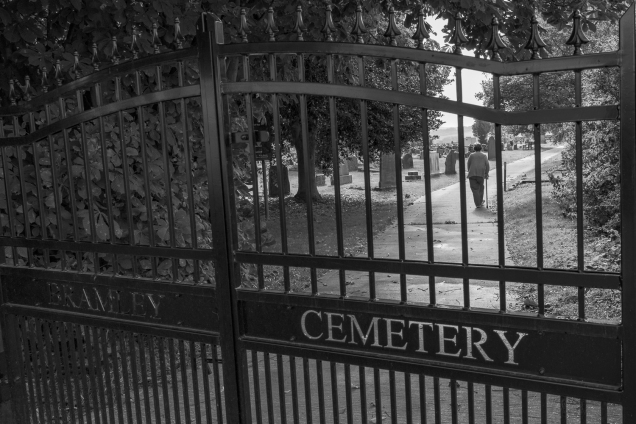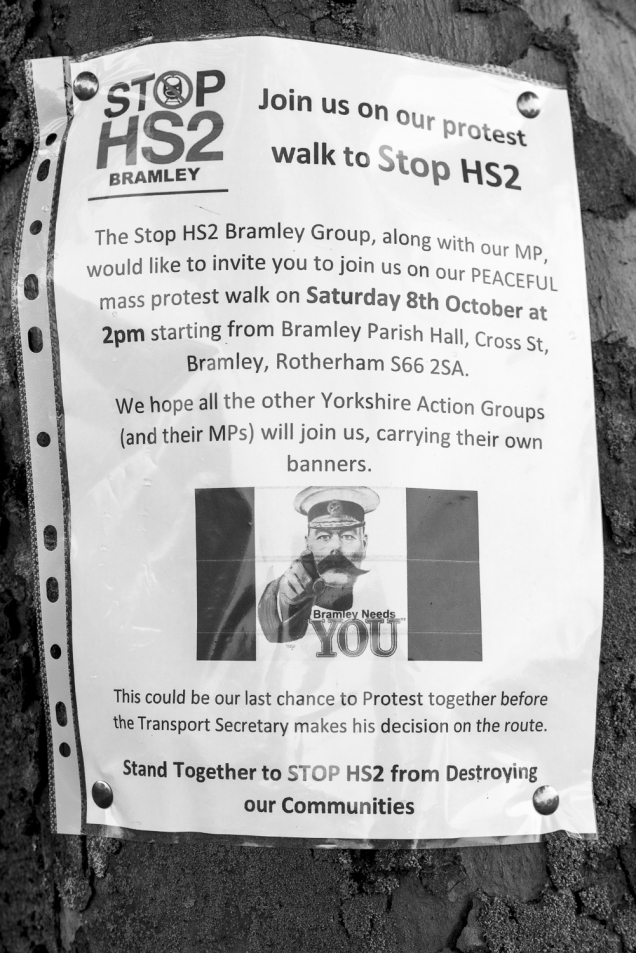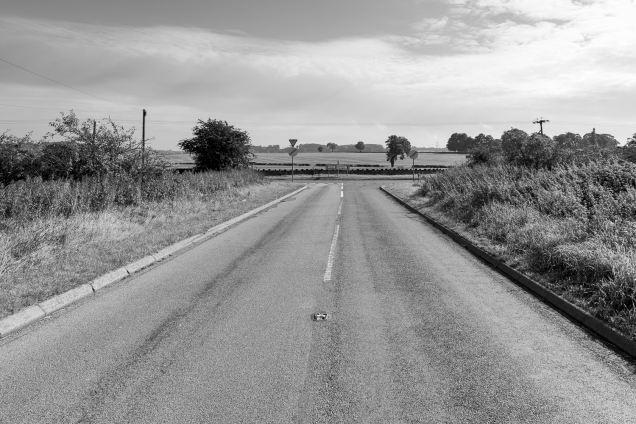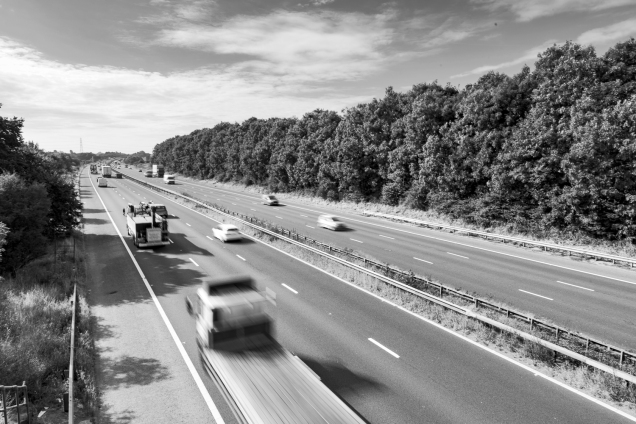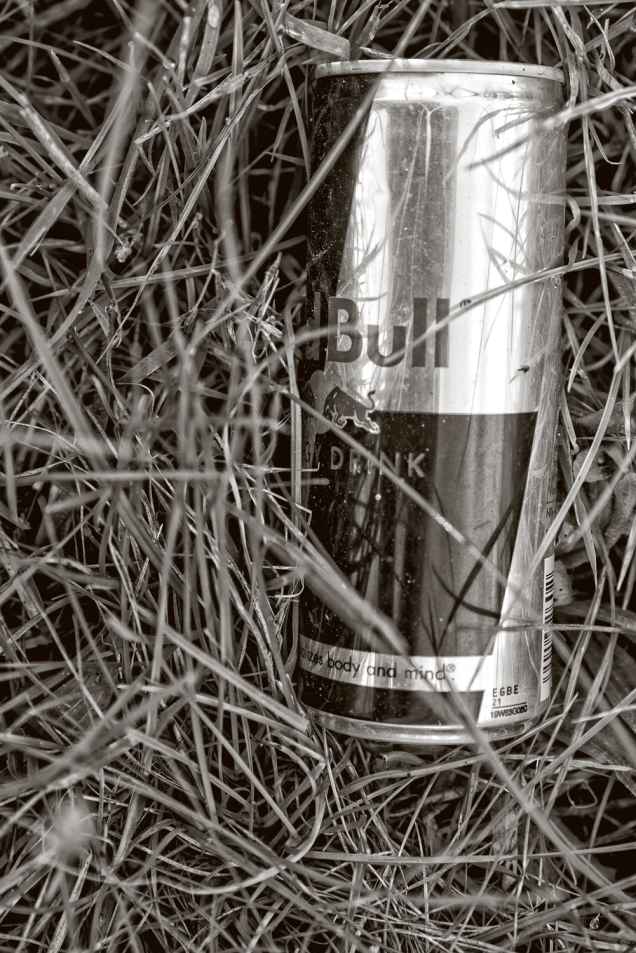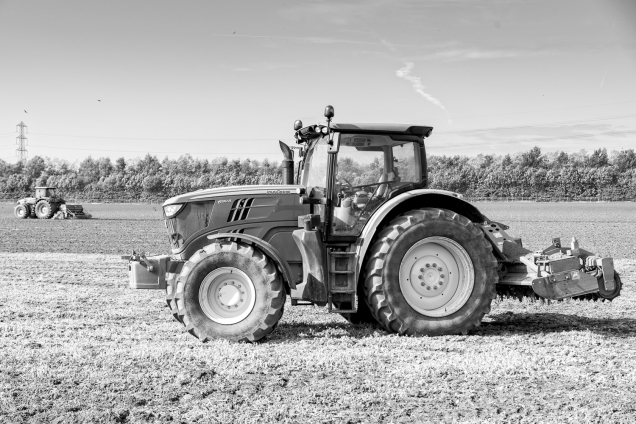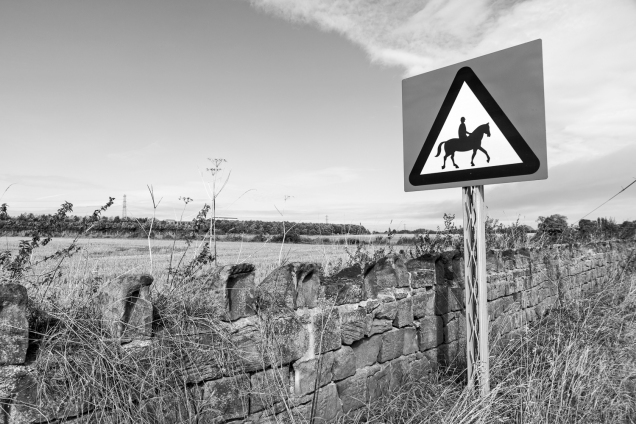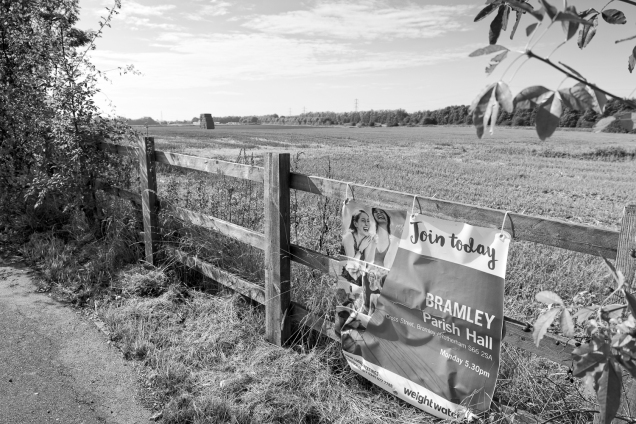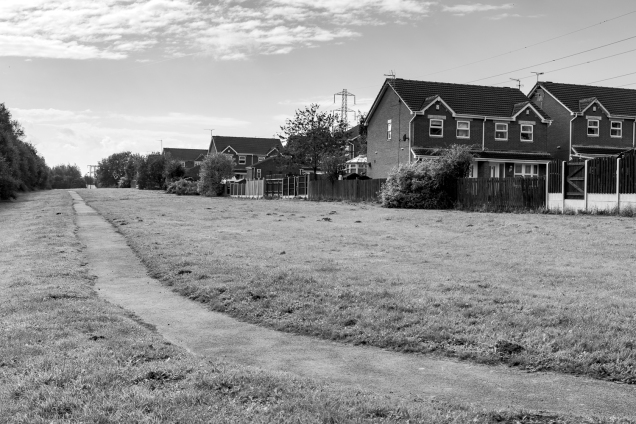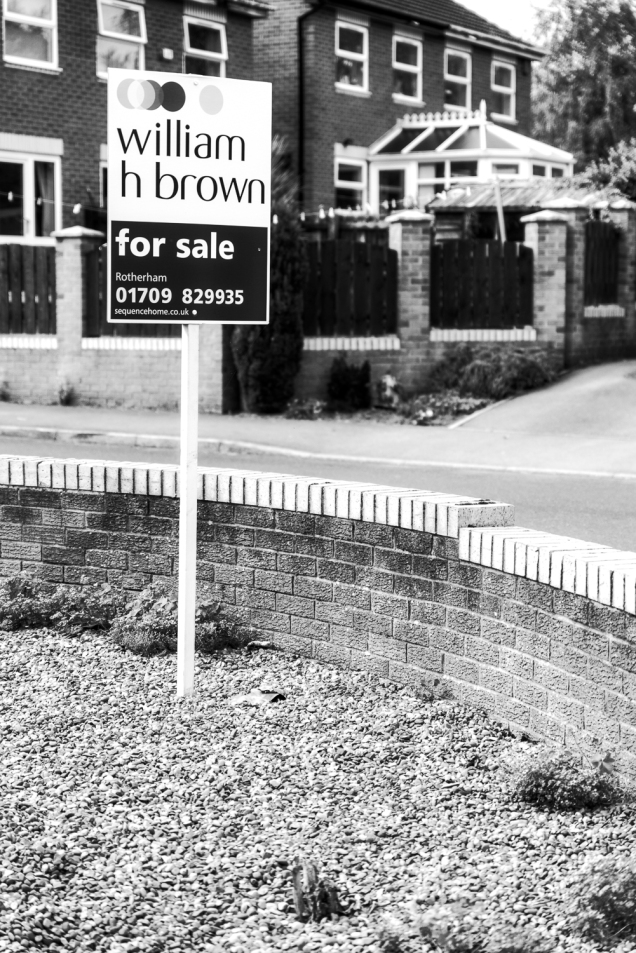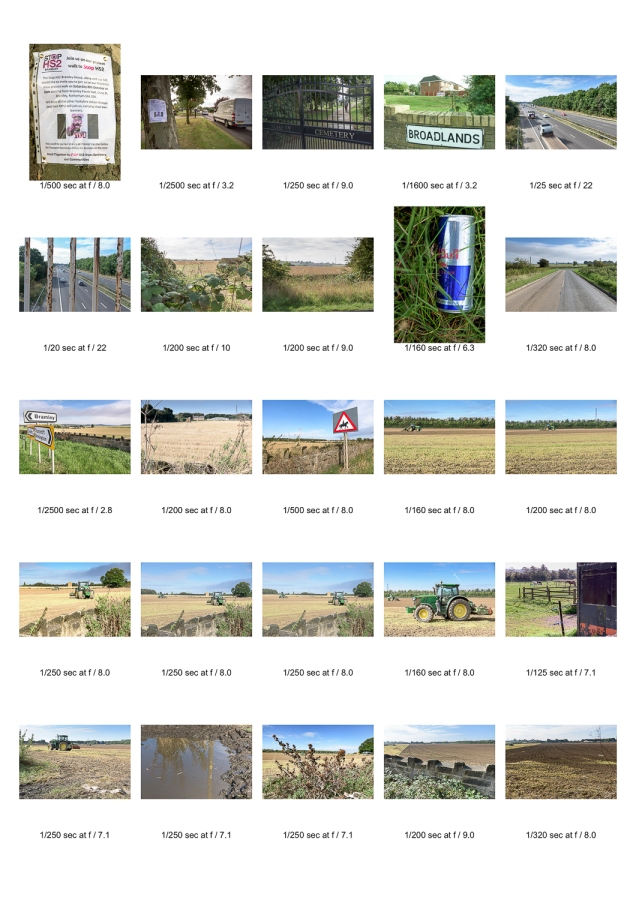
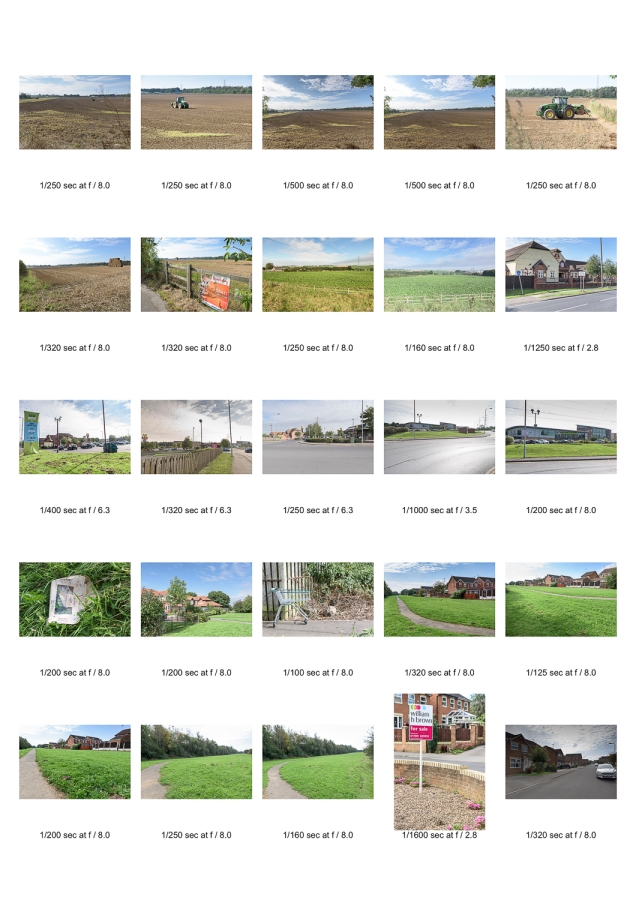
Assignment One Analysis
Having spent some time on photography courses in the past, but without submission for final assessment, I have come across this concept somewhere before, but never explored the theme.
My first impression of the “Square Mile” was, what is there in Bramley that will be of interest to me or anyone else? I then spent some time reflecting on what there is. I thought about the 2 cemeteries, the war memorials, schools, pubs, restaurants, businesses, wind turbines, fields etc. and a cross section of the public (including those who own swimming pools to social housing. Not that either social group is better than any other) and pets.
Initially I was going down the route of exploring the people, having looked at Venetia Dearden’s work as this had a soft, personal feel about it. However, I feel I was most influenced by Gawain Barnard and his “boredom to burn” set. These were predominantly devoid of people and mainly monochrome with the subject been clearly highlighted and probably taken in his locale.
My approach to this assignment was let’s have a go and see what feedback I get. I have used a variety of shutters speeds to freeze the moment and also to create a feeling of speed where I felt this was needed. In the “cemetery gate” shot I have used the gate to frame the lady, the only person in the set and I have deployed different use of aperture/shutter speed to create a shallow depth of field, as in the for sale sign or to keep the whole of the image clearly in focus. I have shot the majority of the images from head height as this is how people see Bramley but I have also used different shooting angles to portray different feeling. I have also used the abstract to get across the message of “rubbish” and to portray how people tell me they feel about the HS2 proposal. I have also converted to black and white, which on reflection is something I o regularly. All images were hand held.
The main strength of my assignment, I feel is that it tells the story as I was hoping to and that it shows an appreciation of differed techniques to convey my message and that this has made me think outside of the box. This also moved me out of my comfort zone to give me confidence in a similar documentary style setting.
A weakness looking back is that I shot the set at the wrong time of day. It was too bright, therefore losing some of the benefit of the natural light. I could have conveyed the message on a more personal front by including people and made this more of a social issue. I could have planned this better as this set was spontaneous.
The HS2 project is ongoing and I may offer my skills as a photographer to help capture images for further display on social media and to assist with the campaign.
